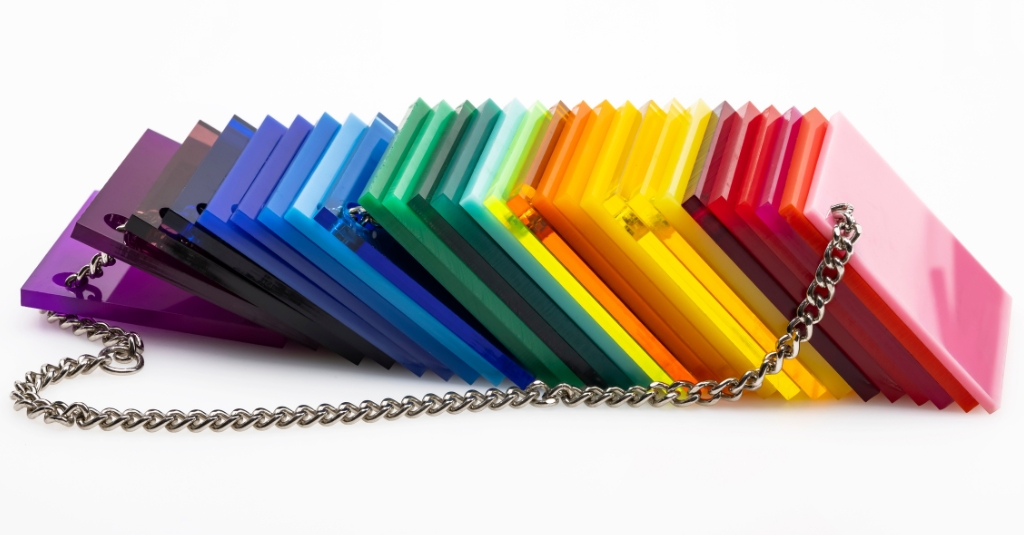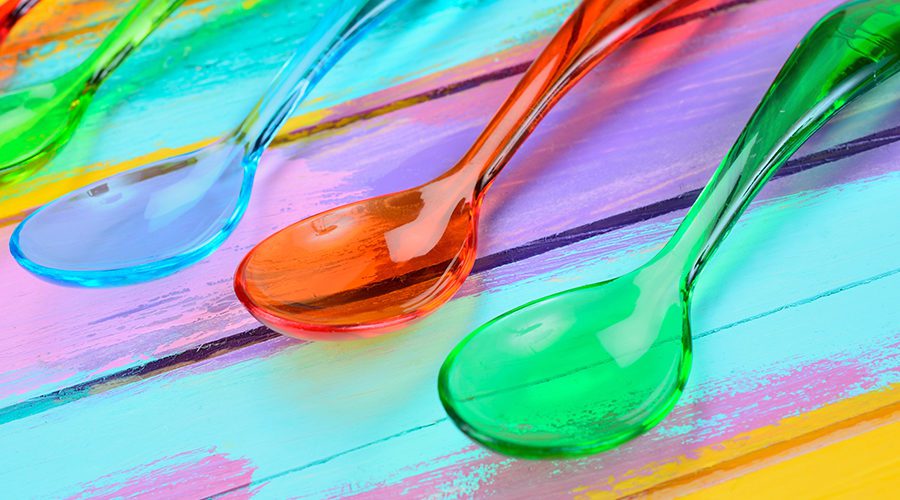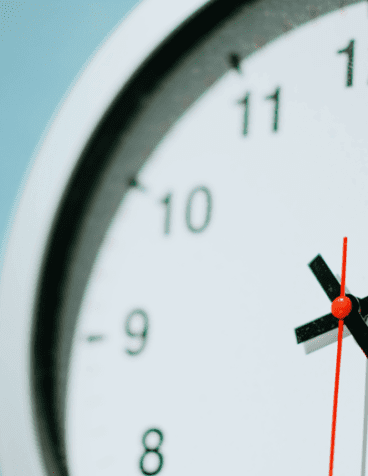Many physical
factors affect the way we perceive the color of objects. One of these factors is gloss. But do you know how to measure gloss—and why it can be challenging?
Measuring gloss: d/8° spectrophotometers measure the amount of light reflecting from a surface—not the appearance of an object. For this reason, even if the two objects are measurably the same color, a glossy object can appear to be a different color from one that’s matte.
If standard and batch samples have different amounts of surface gloss, it can pose a significant challenge for color matching.
Read on to learn more about how gloss affects color—and what you can do about it.
Our Eyes Perceive Colors Based on Reflected Light
When light hits an object, some of the spectrum is absorbed and some is reflected. Our eyes perceive colors according to the wavelengths of the reflected light. Depending upon the glossiness of a surface, light is reflected to our eyes in different ways.
Specular reflection refers to the way a perfectly smooth surface, mirror or not, reflects light at the same angle as that of the incident beam. For a color to be unaffected by surface gloss, the viewer would position the sample so that the reflected light is out of view. The measured color would be at full saturation, including no reflected light.
Diffuse reflection describes how light is reflected at many angles off of a surface that’s not perfectly smooth. The viewer can’t avoid this reflected light since it’s reflected in all directions. And because the chromaticity of the reflected light is added to the light from the interior of the sample, the perceived color is lighter or less saturated.
There’s no question that spectrophotometers provide more accurate color matches than subjective visual evaluations can. We’ve looked in other blog posts at the ways digital color management saves companies time and money by eliminating the need to create and ship physical production samples. Digital color management improves quality control and helps maintain color consistency, a key quality indicator. So how can you best use our instruments to more accurately match, correct, and control color, even as the gloss of standards and products differ?

How to Measure Specular Gloss
Specular gloss can be quantified. A gloss meter is designed to measure the amount of light reflecting off a surface. The specular gloss value is a ratio of the specular reflection from a sample to that of a standard material under the same conditions.
Spectrophotometers are used to aid color quality control and color matching by measuring color. Depending upon the measurement geometry used, color measurements of high- and low-gloss samples might yield close readings (diffuse 8 degree instruments). But the samples might look considerably different to the human eye.
Our d/8° instruments (including the Spectro P200, Spectro P300, Datacolor 200, Spectro 700 and Spectro 1000 spectrophotometers) can measure specular gloss to improve results. And utilizing Datacolor’s Gloss Compensation can be an effective tool for all colors where gloss is different between standard and batch samples.
Our 45/0 ° instruments (Including the Datacolor 45G series) exclude the specular gloss component, making this an effective instrument to measure the color and appearance of an object.
Why Gloss Compensation Technology is Important
Paint and coatings, plastics, ink, and cosmetics are among the products that have many different gloss levels for their products. Many industries that use pigments can benefit from Gloss Compensation, a proprietary feature within the color control and color matching software offered by Datacolor.
Datacolor’s Gloss Compensation system starts by measuring a sample with specular included and excluded. Then, by applying calibration and mathematical models, we’re able to determine a relative gloss and then adjust the measurement as if both samples were the same gloss. We can even adjust formulas for desired gloss outcomes to further improve your matching capabilities.
For more information about our Gloss Compensation feature, read our technical brief here.
Connect with a Color Expert






